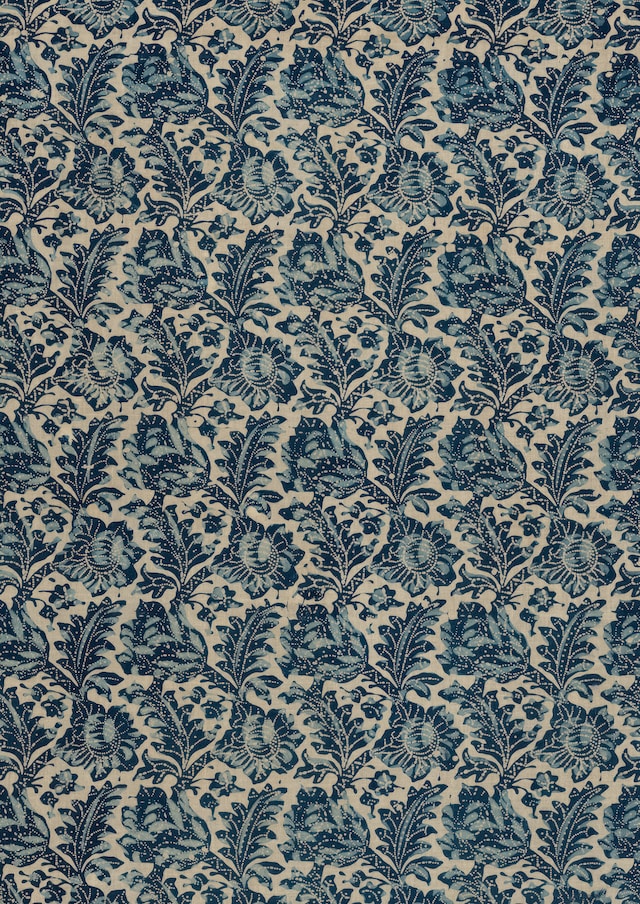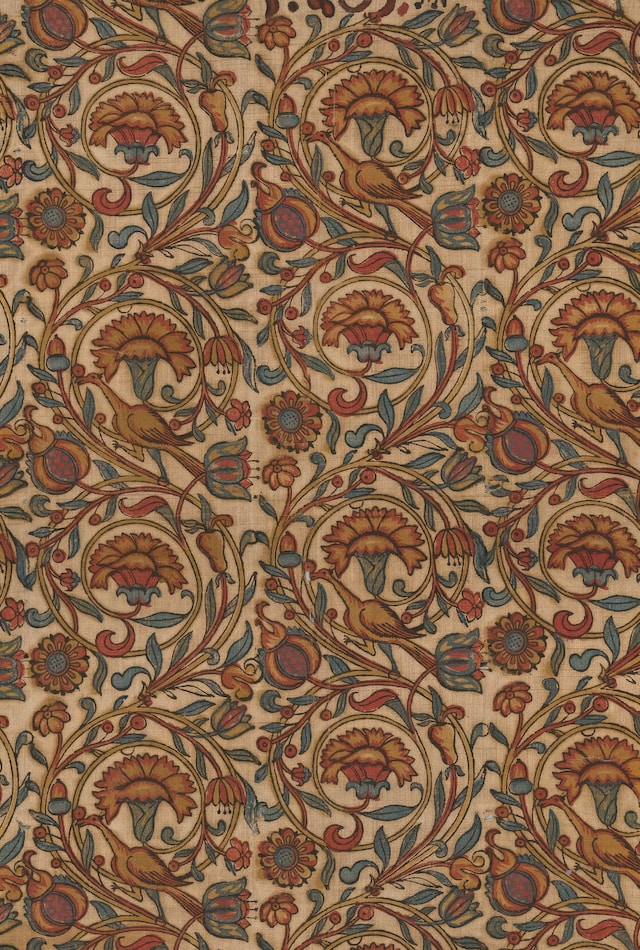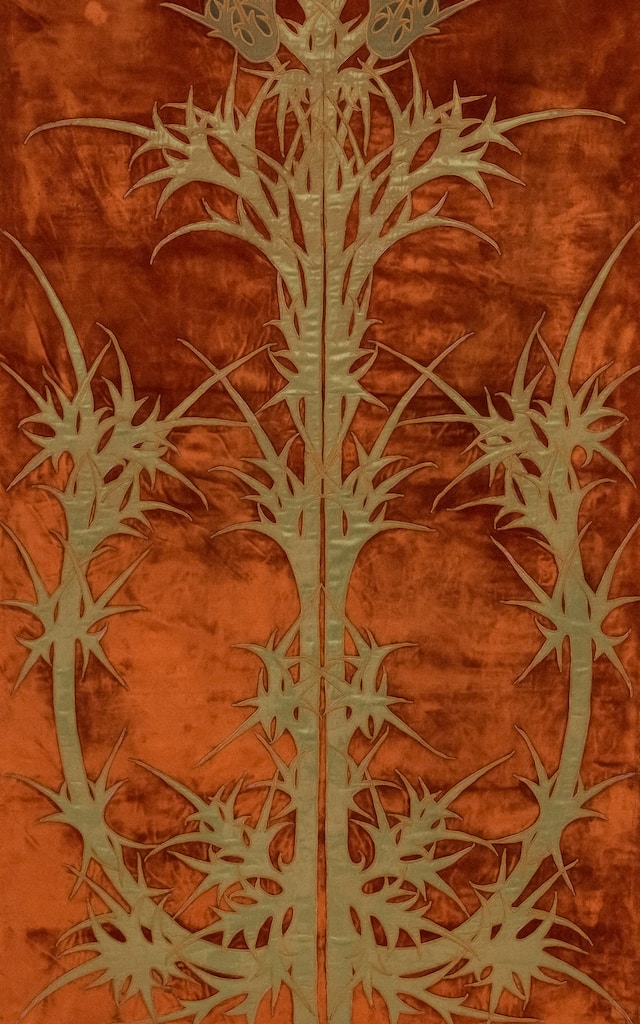
History of Carpets Made by Hopi Tribe
Carpets Made By Hopi Native Tribe
The History of Carpets Made by the Hopi Tribe is a fascinating tale that showcases their unique weaving techniques and intricate designs. (Although) the Hopi people are not typically known for their carpet making, they have a rich tradition of creating beautiful textiles that reflect their cultural heritage.
(Having) been passed down through generations, these carpets are made using traditional methods that involve hand-spinning wool and natural dyes. The patterns found on Hopi carpets often depict symbols and motifs that hold significant meaning within their community.
(Despite) not being as widely recognized as other Native American tribes for their carpet making skills, the Hopi people take great pride in their craftsmanship and attention to detail. Each carpet tells a story and serves as a form of artistic expression for the weaver.
(Oh), how I would love to see one of these exquisite carpets up close and admire the skill and dedication that goes into creating them. The History of Carpets Made by the Hopi Tribe is truly a testament to the creativity and artistry of this remarkable indigenous group.


